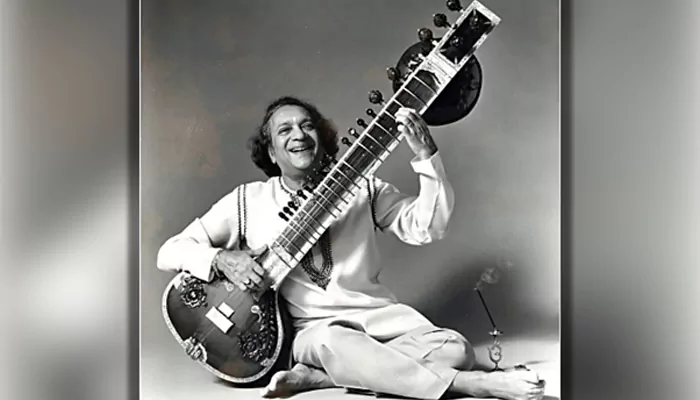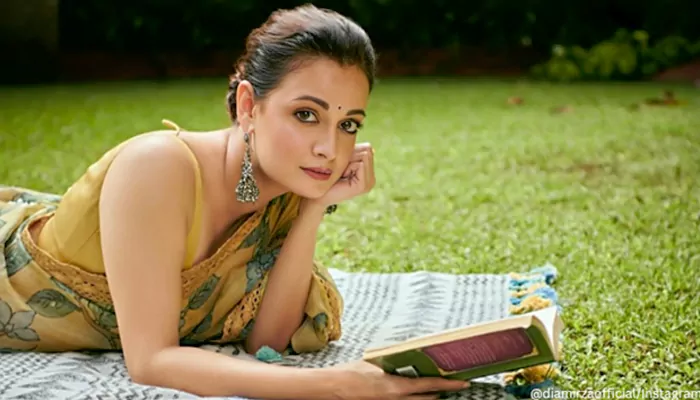From Bhajans and Qawwalis to Shabad, A Guide to India's Devotional Music Forms
- Nomeeta
- 4 months ago
- 3 minutes read

Bhajans, qawwalis, shabads—India’s devotional music brings prayer and music together.
India’s spiritual landscape is as diverse as its people, and this richness is deeply reflected in its devotional music. Dating back to the Vedic period (3000–1500 BC), music was initially rooted in ritualistic practices. Early forms of Indian classical music, such as ‘Prabandh Sangeet’ and ‘Dhruvapada’, were deeply devotional in nature. Over time, a rich array of devotional styles emerged—bhajans, kirtans, shabads, and qawwalis—each reflecting the faith and fervour of different communities. As we celebrate World Music Day, it’s the perfect time to revisit and appreciate the sacred devotional music forms that continue to inspire spiritual connection and cultural unity across India.
Bhajans
The word ‘bhajanam’ stems from the root word ‘bhaj’, meaning “to revere” or “to worship,” and signifies devotion or reverence. Bhajans are devotional songs sung in praise of Hindu deities, often performed with the accompaniment of traditional percussion instruments like the tabla, dholak, or tambourine. Small handheld cymbals, known as ‘kartals’, are frequently used to keep rhythm. These hymns are usually simple in structure, with lyrics that speak directly to the spiritual emotions of the common devotee.

Qawwalis
Qawwali is a form of Sufi Islamic devotional music that originated in the Indian subcontinent. Traditionally performed at Sufi shrines, its lyrics—rich in spiritual symbolism—praise saints or express deep longing for the divine. While qawwalis were initially sung to the rhythm of the ‘daff’ (a frame drum), modern performances often include instruments like the dholak, tabla, manjira, and harmonium. Known for its powerful vocal style and emotive delivery, qawwali has transcended regional boundaries and gained international recognition.

Shabad
A Shabad is a sacred hymn or verse from the ‘Guru Granth Sahib’, the important scripture of Sikhism. Poetic in form and often set to music, Shabads convey profound spiritual teachings and reflections. The ‘Guru Granth Sahib’ comprises numerous Shabads along with other forms of Gurbani, including prose and poetry. The tradition of Shabad singing emerged as a musical practice around the 17th century, with Guru Nanak and his companion Mardana playing a key role in its development and widespread appeal. These devotional hymns are typically performed with musical accompaniment, including the harmonium, tabla, and often the dholak and chimta.
Kirtan
‘Kirtana’ is a Sanskrit term that translates to “narrating,” “reciting,” “telling,” or “describing” an idea or story. In practice, a kirtan is a devotional song or chant performed in a call-and-response or antiphonal style. Multiple singers come together to chant the names of deities, recount spiritual legends, express devotion, or reflect on sacred teachings. Commonly held in temples, ashrams, or community gatherings, kirtans are led by a lead singer who initiates the verses, with the audience or fellow singers echoing the refrain.

Baul Songs
Rooted in the mystical traditions of Bengal, Baul songs represent a distinctive form of devotional music sung by the Bauls—wandering minstrels known for their spiritual philosophy and unconventional way of life. These songs are marked by their simplicity in language yet carry deep spiritual meaning, often emphasizing the presence of the divine within oneself. Accompanied by traditional folk instruments like the ektara and dotara, Baul music is both introspective and uplifting. Among the Bauls, Lalon Shah stands out as the most revered saint.












